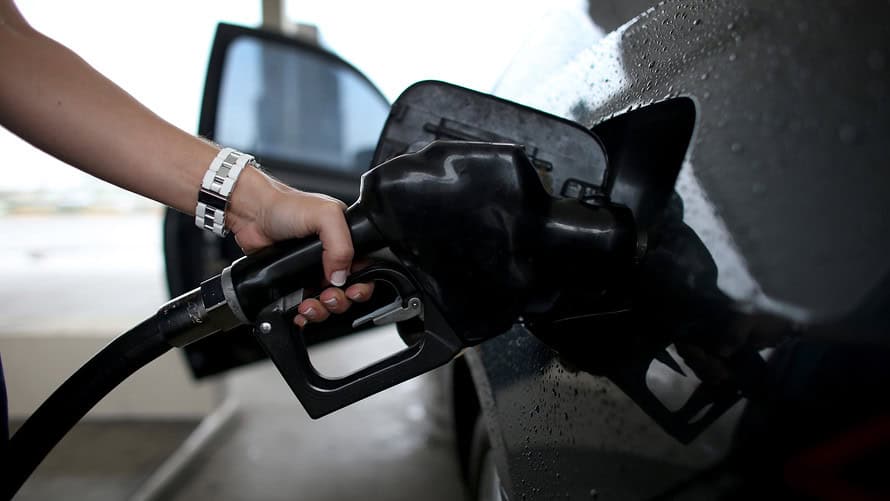
Pump prices could tick up by year-end, however, especially if OPEC and Russia keep up their coordination, says analyst
There are 24 U.S. states and counting in which gasoline is going for under $2 a gallon, its cheapest in nearly nine months and a drop that reflects a new push lower for already plunging oil prices.
Louisiana, for instance, can claim $1.85 in a New Orleans-area station as of Thursday afternoon, while parts of Michigan were at $1.89 and New York posted $1.80 at select retail spots. Missouri was charging $1.78 at a Costco Wholesale Corp. COST, -0.23% members-only station. Texas prices touched $1.64.
“The $1.99 club has seen its membership swell in the last week and the good news [for consumers] is it won’t end there,” said Patrick DeHaan, head of petroleum analysis for GasBuddy. “In the week ahead, motorists in most states will likely see further drops, saving the country $125 million a day versus prices in early October.”
Here’s a look at the states on the sub-$2 list and their current lowest pump price, at select gas stations, according to GasBuddy.com. Of course, taxes and other charges vary by state. Or search using this GasBuddy.com tool for prices by state, city or brand, including the lowest-priced stations in each state.

The national average is trending closer to $2.50 a gallon, as of Thursday, a drop of nearly 5 cents from where prices stood a week earlier, down over 30 cents compared to last month and sitting only 1.3 cents a gallon above last year’s price, presenting a potential a windfall for household budgets boosted by rising wages.
Where crude and gas prices head from here, however, is anyone’s guess as the world watches for the next move by major pumpers Saudi Arabia — the de facto OPEC leader — and Russia.
They meet Dec. 6, when a lot is at stake for producers following a more than 30% drop in oil prices since early October. Crude as recently as then was at a nearly four-year high above $76 a barrel. On Thursday, West Texas Intermediate crude futures CLF9, -2.59% briefly dipped below $50 a barrel for the first time since October 2017, before rebounding. December gasoline futures RBZ8, -2.18% rose 4.1% to $1.455 a gallon after a plunge earlier this week.
Analysts are mixed on the prospects for a Russia-Saudi agreement to cut oil output, which could help oil and gas prices rally, as MarketWatch’s Myra P. Saefong reports. What’s more, the world’s largest 20 economies are also gathering this weekend, which could help set the tone for oil talks. Reuters reported that Russia is becoming more convinced that it needs to reduce oil output along with OPEC, but that it is “still bargaining” with Saudi Arabia, the group’s biggest oil producer, over when and by how much to cut.
GasBuddy’s DeHaan said “there appear to be more organized discussions within OPEC and Russia to cut oil production, which may slow down or eventually derail the drop at the pump.”
For sure, it’s a fluid situation, colored by geopolitical intrigue.
“While many may be a skeptic of the White House taking some credit, the Trump administration’s reluctance to punish Saudi Arabia for its role in the murder of Jamal Khashoggi is likely leading Saudi Arabia to push against large cuts in crude oil production, fearing potential fallout from Trump,” added DeHaan.
Hefty global supplies, including those from the U.S. as it assumes a bigger producer role, build even as demand risks can’t be dismissed. A Chinese economic slowdown, and that for the global economy in general, raise concerns that a thirst for oil and gas could ease in 2019.
If no OPEC-plus deal is reached, “prices risk falling further next week,” said Eugen Weinberg, head of commodity research at Commerzbank, in a note.
Still, a supply response is always a possibility.
“I expect we have at least one week, or perhaps two weeks, in which we’ll see the national average gasoline price decline, but may see higher prices toward the end of the year,” DeHaan added.


